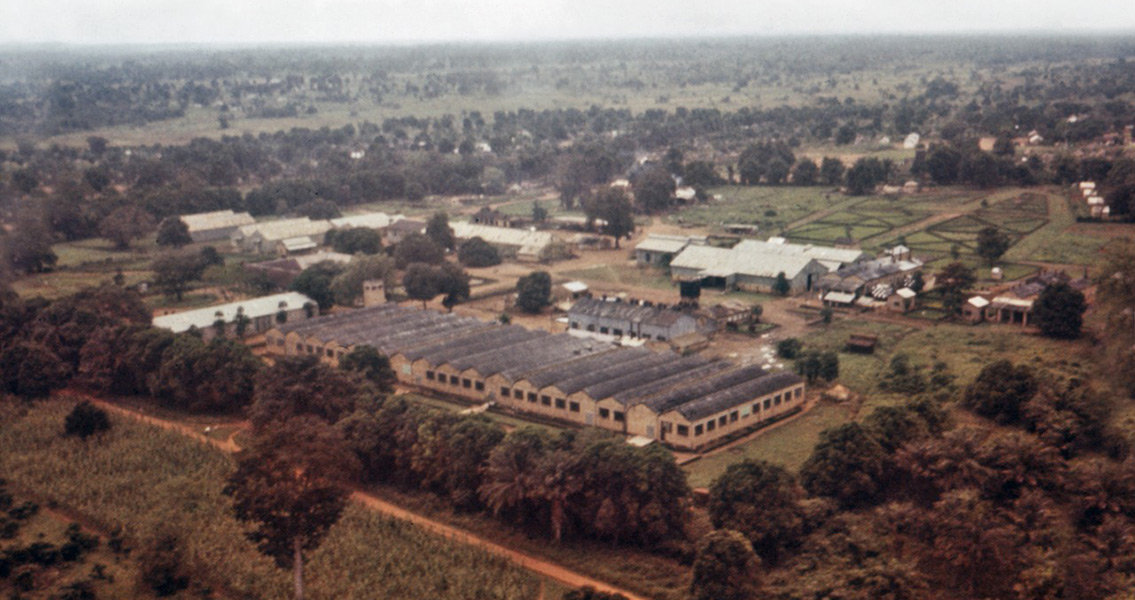<![CDATA[On 27th June, 1976, what is thought to have been the first recorded outbreak of Ebola started in the township of Nzara in Sudan. A cotton manufacturing factory worker suddenly fell seriously ill with unusually severe symptoms, and succumbed to the sickness five days later. From this start the virus quickly spread through Sudan, infecting 284 people. This initial outbreak had a mortality rate of 53%. Two days after the storekeeper's death, a second man from Nzara died on 6th July. The second man's brother and one of his colleagues soon fell sick, with the colleague dying on the 7th July. The disease continued to spread like this over the next few days, with 48 infections eventually being traceable to the first victim. Tragically, medical staff did not realise quickly enough that the mysterious new disease could be spread simply through close contact, leading to 33 of the 61 nurses at the Maridi hospital in Southern Sudan dying from Ebola. A few months after the outbreak in Sudan, a second epidemic of the disease struck in Zaire (in an area that is now part of the Democratic Republic of Congo). The second wave, which overlapped with the first, infected 318 people and had a mortality rate of 83%. It also gave the virus its name; the first reported cases in the second outbreak were found next to the Ebola River. From this second outbreak a team of scientists, led by Professor Baron Peter Piot, managed to identify and isolate the virus at their laboratory in Belgium. After this, Prof. Piot and other scientists flew out to Zaire to study the virus in the hope of discovering how it spread so quickly. They found that the virus was being spread though injections with unsterilised needles, or contact with infected bodily fluids at hospitals or the funerals of the virus' victims. Once the causes of the virus' spread had been determined, the World Health Organisation was able to implement measures to isolate victims and prevent it from spreading further. The effects of Ebola hemorrhagic fever (to give the virus its full name) usually manifest themselves in the sufferer four to 15 days after the person is initially infected with the virus. The initial symptoms include fever, headaches, muscle pains and conjunctivitis. From these first stages the disease swiftly worsens, leading to vomiting, diarrhea, and internal and external bleeding. At present there is no cure for the disease, and it has a death rate of up to 90%, depending on the strain of the virus. Since 1976 there have been other outbreaks of Ebola, with the deadliest occurring last year. The disease still remains a mystery. Just last week, a paper was published arguing that examples of the disease's spread among humans could be found as far back as ancient Greece. Scientists have determined that the disease is spread to humans through contact with wild animals in the equatorial forests of Africa, with the most likely transmitter of the disease believed to be fruit bats. Image courtesy of Wikimedia Commons user: Joel G. Breman, M.D., D.T.P.H. ]]>
Anniversary of First Recorded Ebola Outbreak
